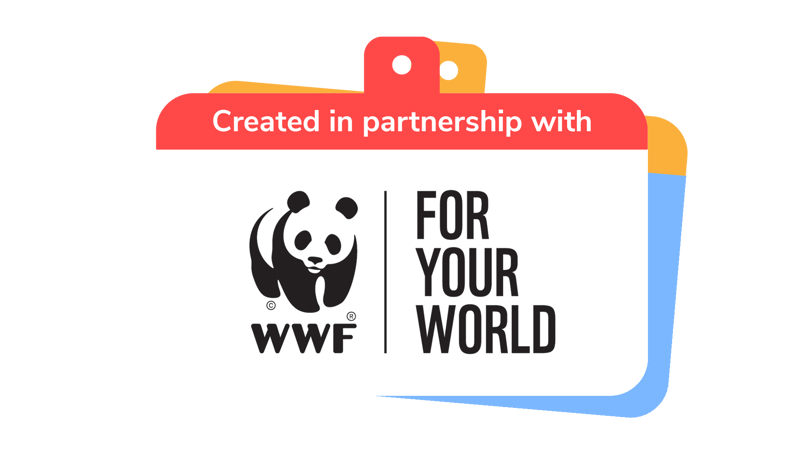
Make some wildflower seed balls
You’ll need
- Mixing bowls
- Something to protect surfaces (for example, newspaper or tablecloths)
- Gardening gloves
- Wildflower seeds
- Peat-free compost
- Flour
- Cup
- Mixing spoons
- Aprons
- Baking tray
- Newspaper or greaseproof paper
Before you begin
- Use the safety checklist to help you plan and risk assess your activity. Additional help to carry out your risk assessment, including examples can be found here. Don’t forget to make sure all young people and adults involved in the activity know how to take part safely.
- Make sure you’ll have enough adult helpers. You may need some parents and carers to help if you’re short on helpers.
When’s the best time of year to make seedballs?
- Plan to make your seed balls during springtime. March and April are the best months to sow wildflowers.
- Buy a wildflower seed mix. Make sure you use UK-native wildflower seeds.
- You could also collect seeds or flower heads from wildflowers that have died in late summer or early autumn to save for the following year. You’ll need to dry the seeds out on paper or kitchen roll and store them in an envelope.
Planning this activity
- You’ll need one or two buckets of peat-free compost. Make sure you have permission to use it. If possible, organic compost is the best option.
- Cover a flat surface with newspaper or a washable tablecloth. Set out all the equipment you’ll need.
- Young people are likely to get messy, so kit them out with aprons and set up a hand washing station.
- The seed balls will take a while to dry, so it’s best to do this activity over two or more sessions.
- Once they’re dry, they can be kept in a cool, dry, dark place until you’re ready to use them.
Running this activity
- Everyone in the group should talk about why wildflowers are important. Explain that wildflower areas support local wildlife and biodiversity, because they provide places for insects, birds and other small animals to feed and nest.
- Tell everyone that wildflowers. especially important for bees, because they give them safe spaces to nest and hibernate. It’s important that we plant enough bee-friendly flowers to give them the food they need, because humans rely on bees to pollinate plants by moving pollen from one plant to another plant of the same type.
Create seed balls with powdered clay
- Separate into groups of around four to six people.
- Each group should mix together one cup of seeds with five cups of peat-free compost.
- They should then add two or three cups of clay powder.
- Slowly mix in water until everything sticks together.
- Roll the mixture into firm golf ball-sized balls.
- Groups should place the balls on newspaper and leave them to dry in a warm place.
Create seed balls without powdered clay
- Everyone should split into groups of around four to six people.
- Add 10 cups of soil to a mixing bowl.
- Now add one cup of flour to a mixing bowl and stir well.
-
Slowly add water and continue to mix slowly, until the mixture becomes sticky. It should look and feel like dough.
- When ready, roll the mixture into golf-ball size balls.
- Fill a tray with wildflower seeds. You could add a sprinkle of paprika to stop birds from eating them, too.
- Roll your mud balls around until covered in seeds.
- Groups should place the balls on another tray, on top of a sheet of greaseproof paper or newspaper
- Leave them to dry in a warm place.
Throw the seed balls
- Choose a safe place to throw the seed balls into. This area might be around the meeting area or in a community space you have permission to use. People could also take them home. Your area needs to be sunny, free of weeds and have well-drained soil.
- Everyone should gather in their wildflower space. Together, they should throw the seed balls with enough force to burst and scatter them on the ground.
- The space will need to be watered regularly. If there’s no rain forecast, you could make a watering rota.
- When summer arrives, wait and see what grows.
Reflection
This activity gave people an opportunity to show how much they value the outdoors. Seed balls are one way to help wildlife by creating thriving habitats.
Can anyone think of other ways to help local wildlife? People may think about building bird houses, bird baths, butterfly feeders or bug hotels.
Can anyone think of things that harm wildlife and their habitats? People could think about litter or pollution. What can people do to help reduce the challenges wildlife faces?
The activity also gave people a chance to help their communities. How did throwing and planting seed balls help others in the community?
People could think about how having nice, wildlife-friendly spaces boosts wellbeing. How did people get others in the community involved in their seed ball project?
Safety
All activities must be safely managed. You must complete a thorough risk assessment and take appropriate steps to reduce risk. Use the safety checklist to help you plan and risk assess your activity. Always get approval for the activity, and have suitable supervision and an InTouch process.
- Gardening and nature
Everyone must wash their hands after the activity has finished. Wear gloves if needed. Explain how to safely use equipment and set clear boundaries so everyone knows what’s allowed.
If you’re learning and making more change as part of A Million Hands, it may be useful to have an adult at each sheet of paper to help people write down their ideas.
Some groups may be ready to get their business hats on and work out pricing and a mini business plan, while others will need a lot more guidance.
You could encourage people to get creative to promote their seed balls. Could they create posters or signs? How about some instructions for how to plant and take care of them? You could set up a stall where people can come and make their own seed ball for a small charge
If you’re learning and making more change as part of A Million Hands, people can record their thoughts on the big sheets of paper in whatever way works for them, including drawing, creating a collage and writing ideas down.
Anyone who doesn’t want to put their hands in the mixture can use a spoon and wear gardening gloves.
All Scout activities should be inclusive and accessible.

Beavers My Outdoors Challenge Award

Beavers My World Challenge Award

Community Impact Stage 1

Community Impact Stage 2

Community Impact Stage 3

Community Impact Stage 4
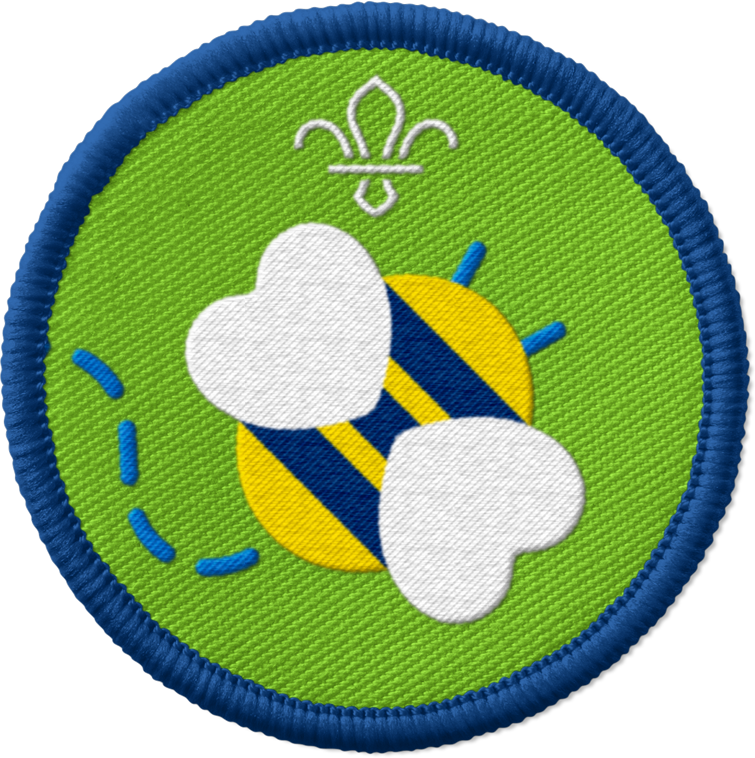
Squirrels Go Wild Activity Badge
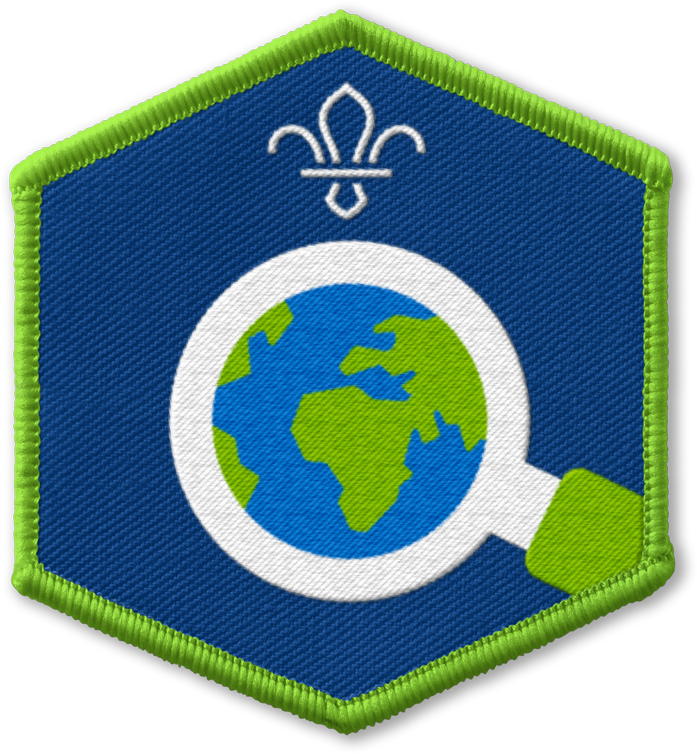
Squirrels All Around Us Challenge Award
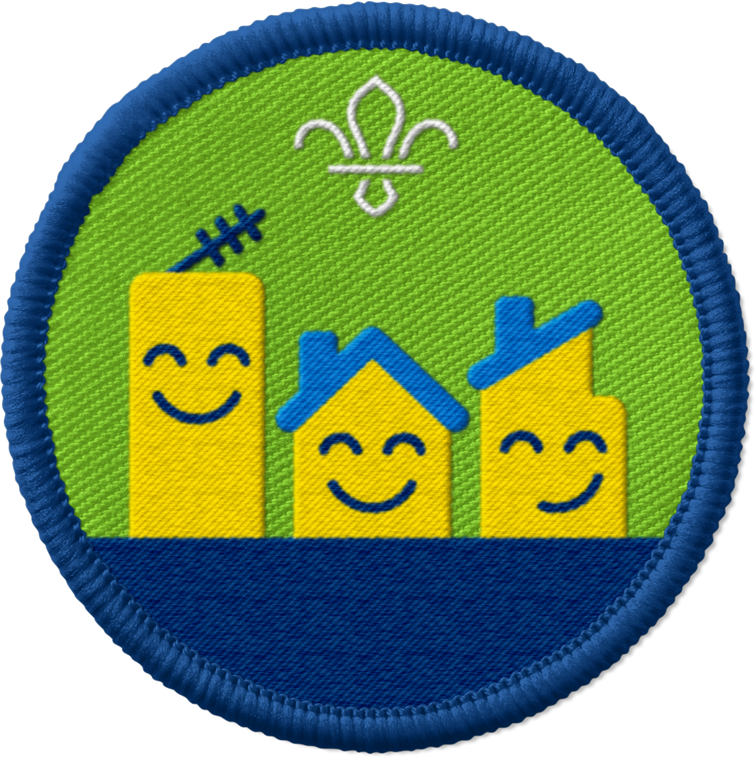
Squirrels Local Superhero Activity Badge
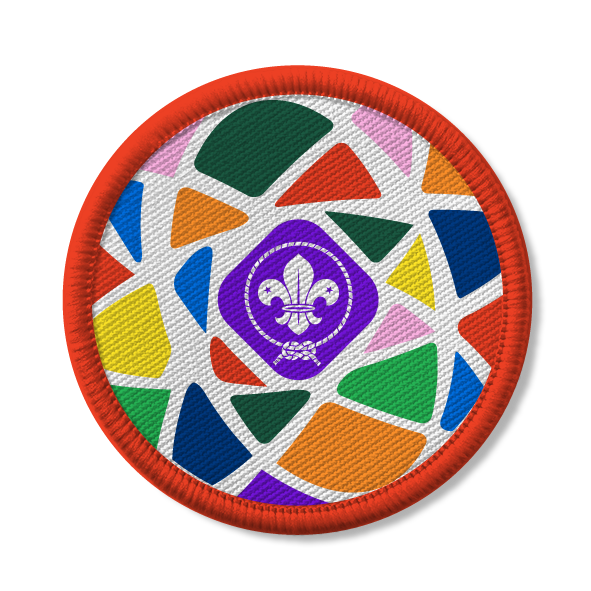
Earth Tribe Award
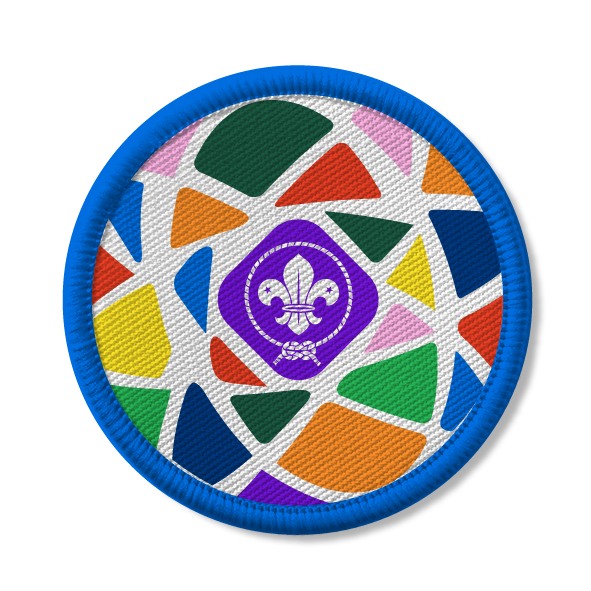
Earth Tribe Award
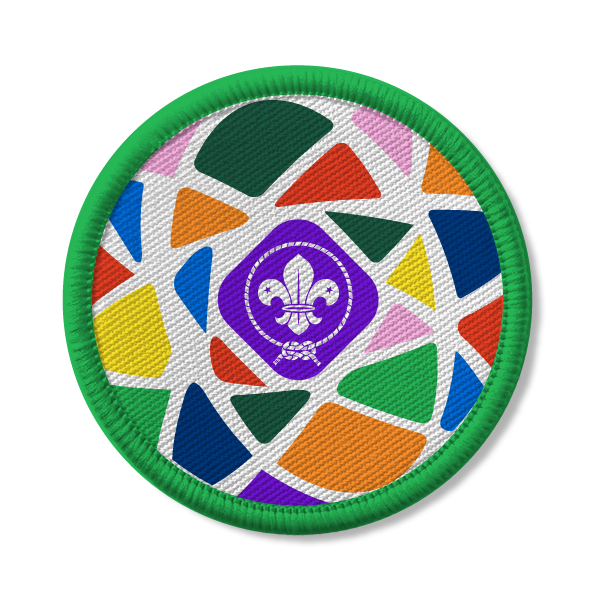
Earth Tribe Award
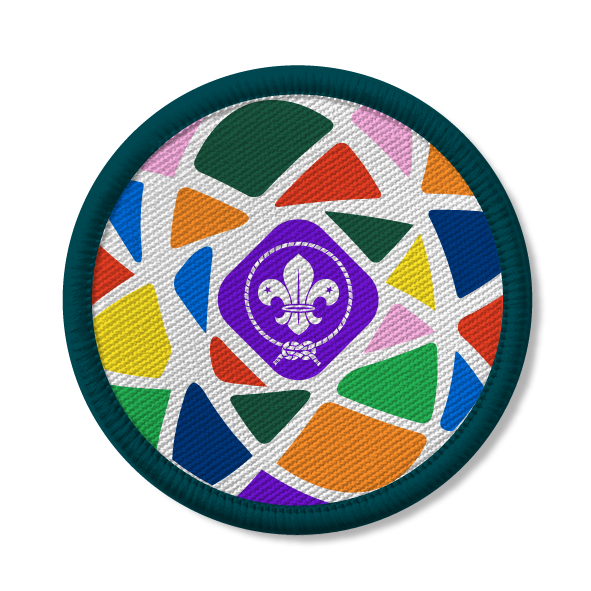
Earth Tribe Award
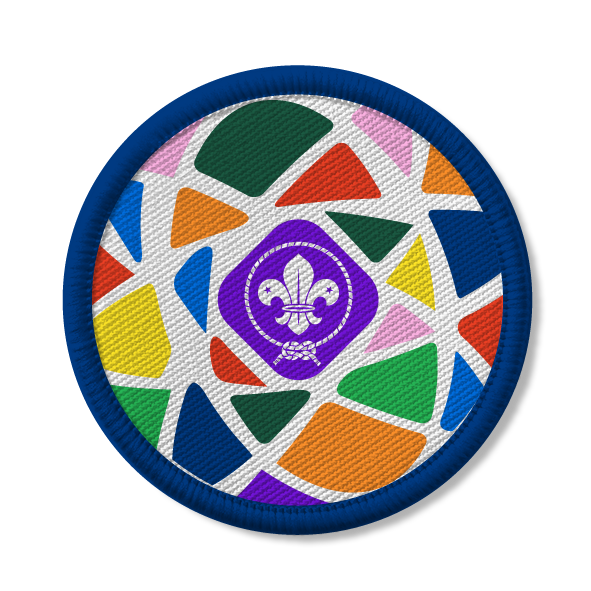
Earth Tribe Award
You could send some seed balls to a local business, school or a local decision maker as a gift. Encourage them to help you spread butterfly and bee-friendly wildflowers throughout your local area.
Discover more at https://www.wwf.org.uk/
Make sure everyone in the group has chance to share their thoughts and ideas, so that everyone can play an active part in shaping the action.